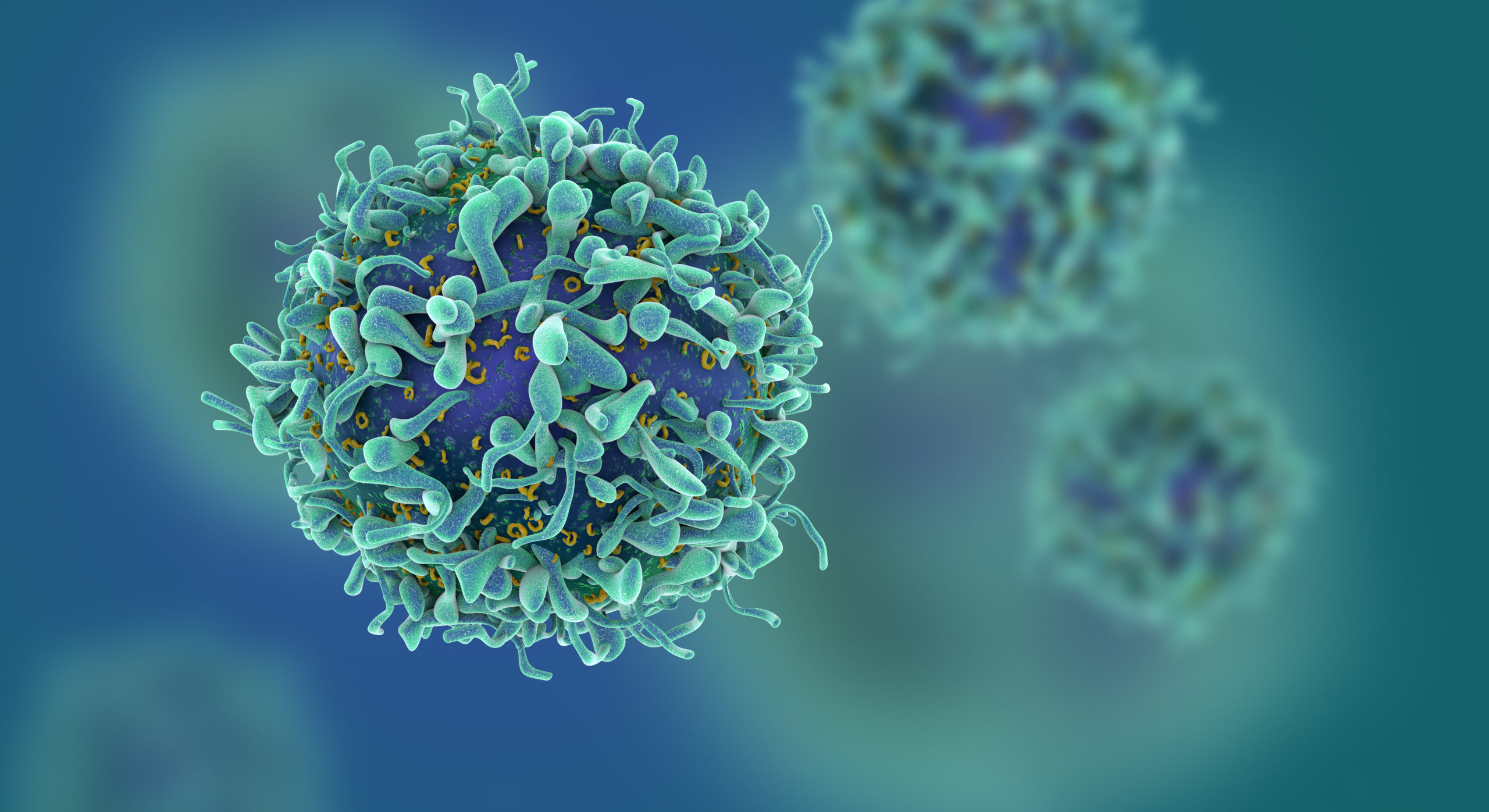
Northwestern Medicine scientists have discovered the mechanism driving a protein that influences transcription, a crucial step in gene expression. The study, published in Science, could lead to drugs that control faulty gene expression, a precursor to cancer and other disease.
Ali Shilatifard, PhD, the Robert Francis Furchgott Professor and chair of Biochemistry and Molecular Genetics, was the senior author on the study, while doctoral student Fei Chen was the lead author.
The process of the transcription of a gene begins when factors including an enzyme called RNA Polymerase II (Pol II) assemble at a DNA sequence upstream from a gene at a location called a promoter. Pol II transcribes protein-encoding genes.
In a 2015 manuscript published in Cell, Shilatifard, Chen, and other members of Shilatifard’s laboratory demonstrated how a protein called Pol-II-associated factor 1 (PAF1) was responsible for pausing Pol II at certain promotors, holding back the initiation of transcription.
“Keeping promotors paused and then allowing them to be released at the right time during development is very important for the proper regulation of the expression of various genes during the different stages of development,” said Shilatifard, also a member of the Robert H. Lurie Comprehensive Cancer Center of Northwestern University.
While that research established that the removal of PAF1 released Pol II from its paused state, it didn’t explore PAF1’s specific mechanism of action. It wasn’t until Chen began exploring the role of transcriptional enhancers that he and his collaborators identified a connection.
The purpose of these enhancers is to increase the likelihood that transcription of a certain gene will occur, often in a tissue-specific manner, according to previous research.
“The function of such enhancers is to make sure that the cells express a certain gene into eye cells and not into skin cells, for example,” Shilatifard said.
In the recently published study, Chen, working in Shilatifard’s lab, found the removal of PAF1 regulates the activation of the enhancer region, which results in pause and release.
“There are many studies of enhancer regulation and many studies of pause regulation, but we were the first to show the two steps were connected,” Chen said.
These enhancers could be key to preventing and treating cancer, according to Shilatifard.
“We know that enhancers are mutated in a large number of cancers,” he said. “We think the link could be used as a way to look at the process of transcription for a lot of therapies, which would be the next step.”
Drugs that regulate the pause and release for transcription may represent a promising avenue for future development, according to Shilatifard, but there is still much work to be done.
“Now that we’ve discovered the function of PAF1 in enhancer activation and Pol II pause and release, we can set up screens to identify inhibitors, activators, and augmenters of this process, and then move on to diseases that are caused by this misregulation,” Shilatifard said.
“We know pausing is central for development and that the misregulation of pausing can cause disease. Now we’re going to build on it,” he added.
These studies were supported by grants from: the National Institutes of Health, MH102616, CA211428, and GM078455 and GM105754; the Natural Science Foundation of China 31671384; a JSPS Research Fellowship for Young Scientists; a Eugene McDermott Graduate Fellowship; funds from the University of Miami Miller School of Medicine, Sylvester Comprehensive Cancer Center; and by the Robert H. Lurie Comprehensive Cancer Center – The Lefkofsky Family Foundation/Liz and Eric Lefkofsky Innovation Research Award. Transcriptional elongation studies in the Shilatifard’s laboratory are supported by the National Cancer Institute grant CA214035.






